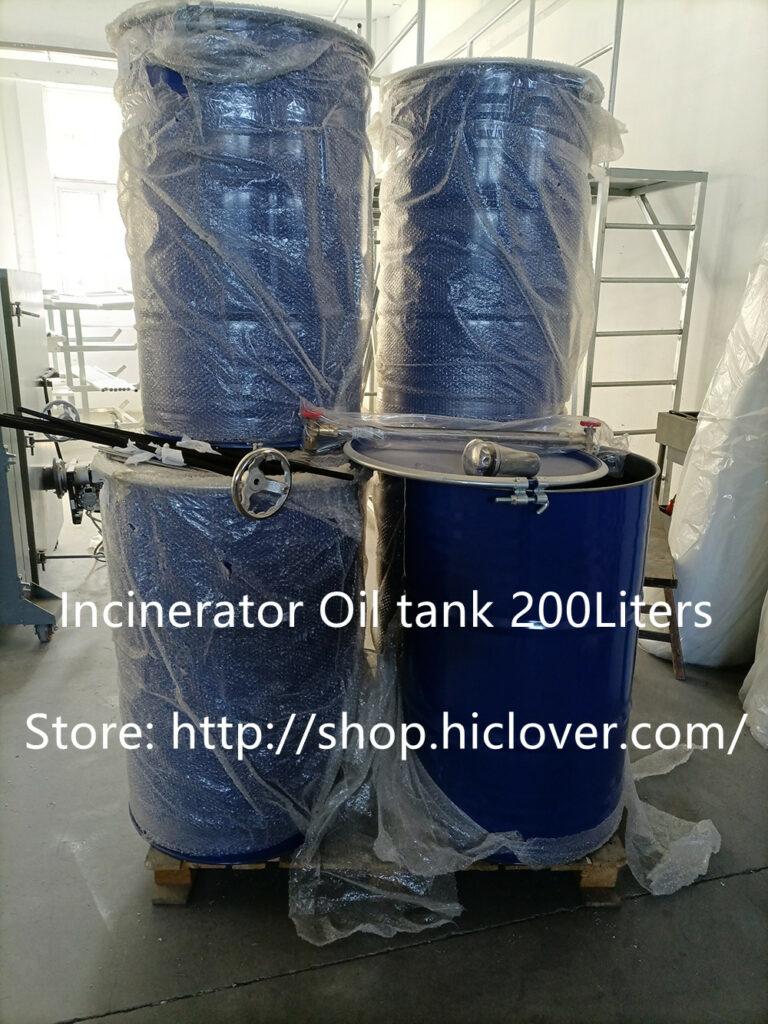Waste-to-energy facilities play a crucial role in reducing landfill waste and promoting a more sustainable approach to managing waste. With increasing amounts of waste being generated globally, the need for innovative solutions to minimize the environmental impact of landfill waste has become increasingly urgent. Waste-to-energy facilities offer a sustainable and efficient alternative to landfilling by converting certain types of waste into energy.
Landfill waste poses significant environmental and health risks. As organic waste decomposes in landfills, it produces methane, a potent greenhouse gas that contributes to climate change. In addition, the leachate produced from decomposing waste can contaminate groundwater and soil, posing a threat to human health and the environment. By diverting waste from landfills to waste-to-energy facilities, these environmental risks can be significantly reduced.
Waste-to-energy facilities utilize a variety of technologies to convert waste into energy, such as incineration, gasification, and anaerobic digestion. Incineration involves burning waste at high temperatures to produce steam, which can then be used to generate electricity. Gasification involves heating waste in a low-oxygen environment to produce syngas, which can be used to generate electricity or produce fuels. Anaerobic digestion uses microorganisms to break down organic waste, producing biogas that can be used as a renewable energy source.
By converting waste into energy, waste-to-energy facilities help to reduce the volume of waste that ends up in landfills, prolonging the lifespan of existing landfills and minimizing the need for new ones. This not only conserves valuable land but also reduces the environmental impact of landfilling, including the release of greenhouse gases and the risk of groundwater contamination.
In addition to reducing landfill waste, waste-to-energy facilities also offer the benefit of producing renewable energy. By harnessing the energy potential of waste, these facilities contribute to the diversification of the energy supply and help to reduce reliance on fossil fuels. This can have positive implications for mitigating climate change and promoting a more sustainable energy future.
Furthermore, waste-to-energy facilities can also play a role in supporting a circular economy, where waste is viewed as a resource that can be turned into valuable products. By recovering energy from waste materials, these facilities contribute to the efficient use of resources and the reduction of waste sent to landfills.
In conclusion, waste-to-energy facilities play a critical role in reducing landfill waste and promoting a more sustainable approach to waste management. By diverting waste from landfills and converting it into energy, these facilities help to minimize environmental and health risks associated with landfilling, reduce the reliance on fossil fuels, and support the transition to a circular economy. As the global community seeks to address the challenges of waste management and climate change, waste-to-energy facilities offer a valuable solution to mitigating the impact of landfill waste on the environment.



